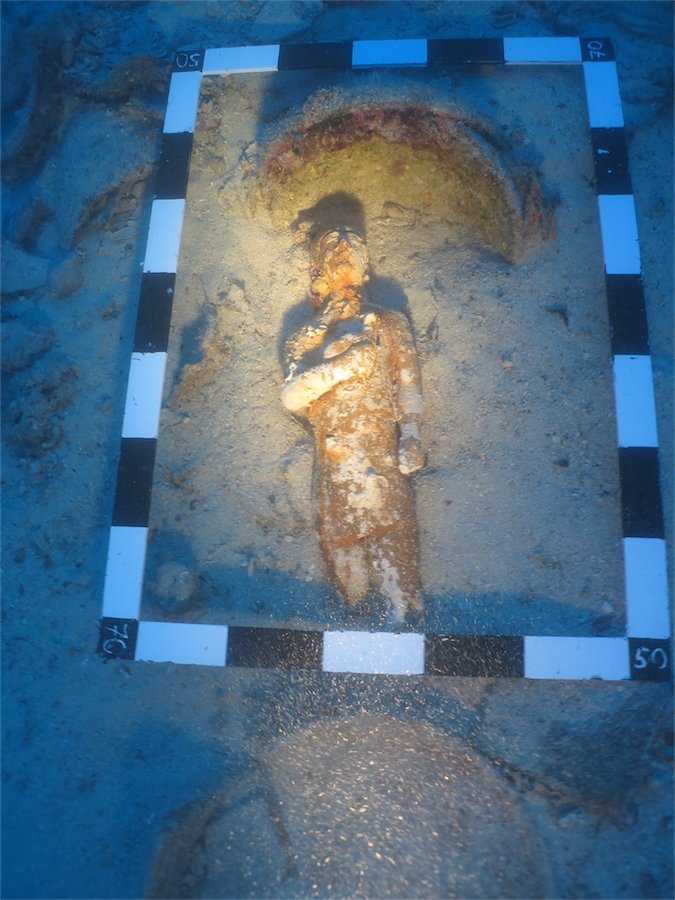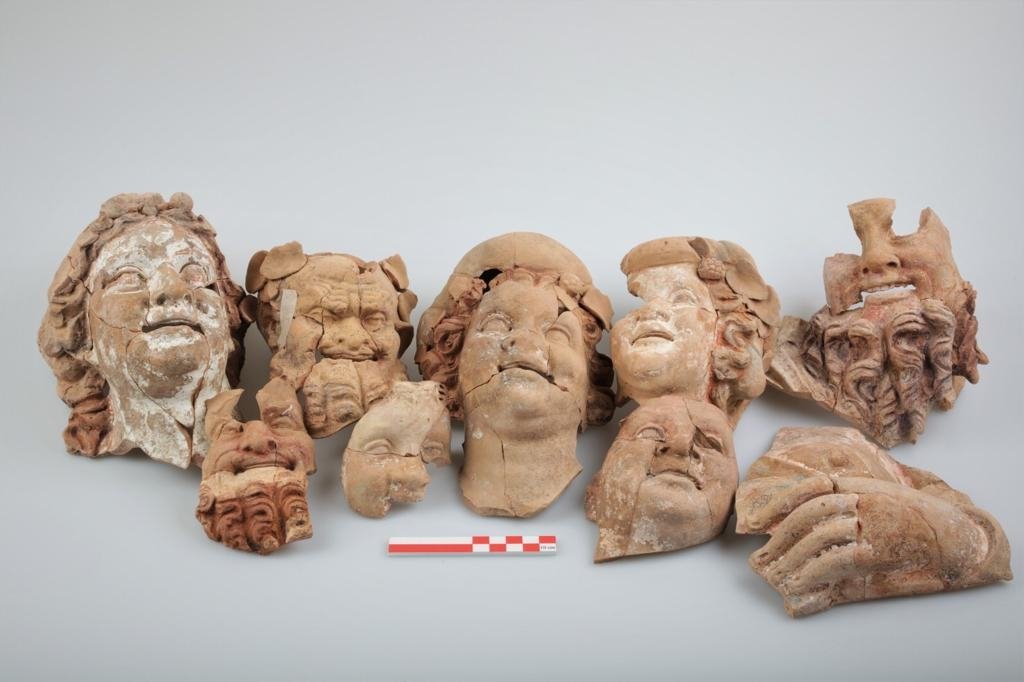© Turkuvaz Haberleşme ve Yayıncılık 2025
Despite the challenges posed by the coronavirus outbreak, archaeological works have continued in Turkey, unearthing thousands of finds, with over 6,000 remnants of the past joining museum inventories across the country in 2020.
This year, 118 Turkish and 21 foreign excavations were launched in Anatolia, the cradle of civilization. With the addition of 44 studies under the direction of museum directorates, the total comes to 183.

A total of 139 rescue excavations, 12 public investment-area rescue excavations and 50 drilling excavations were conducted in 2020 under the direction of museum directors. Taking these excavations into consideration as well as archaeological surveys, geophysics work and cleaning, the total stands at 502.
The Ministry of Culture and Tourism has provided a total of TL 40,601,174 ($5,466,330) for excavations in 2020.
Highest number of artifacts

Kütahya and Diyarbakır museums received the most inventory from the excavations.
A total of 2,569 artifacts from the rescue excavations in Seyitömer Mound in the central province of Kütahya were added to the Kütahya Museum's collection. During the rescue excavations around the Ambar Dam in southeastern Diyarbakır province, 850 artifacts were discovered and added to the Diyarbakır Museum inventory.
Within the scope of the excavations carried out by the scientific committees, most artifacts were obtained from the archaeological excavations in southernmost Hatay province’s Hippodrome and its surroundings, with teams unearthing 190 pieces. The artifacts are now at the Hatay Museum.

A total of 165 artifacts were found during the excavations of the ancient city of Parion in the northwestern province of Çanakkale, 97 pieces were discovered in the excavation of Balatlar Church in the northernmost province of Sinop, while 66 artifacts were extracted from Yeşilova Mound in western Izmir province.
The ministry supported 62 archaeological projects over the course of 2020, but the number will reach 123 with the addition of the new studies.
In 2020, many prominent archaeological works have come to light, including 2,200-year-old terracotta pieces from the ancient city of Myra in the southern province of Alanya, a glass ring stone depicting Heracles and a ring stone depicting the Egyptian Queen Arsinoe II in Antalya's ancient city of Patara, a statue of woman dating back to the third century A.D. in the ancient city of Perge, a 1,800-year-old relief of Satyr found in the ancient city of Smyrna in Izmir, 2,100-year-old terracotta masks found in Kurul Castle in the northern province of Ordu and an archaic period terracotta sculpture uncovered during underwater excavations in the southwestern Muğla province.
